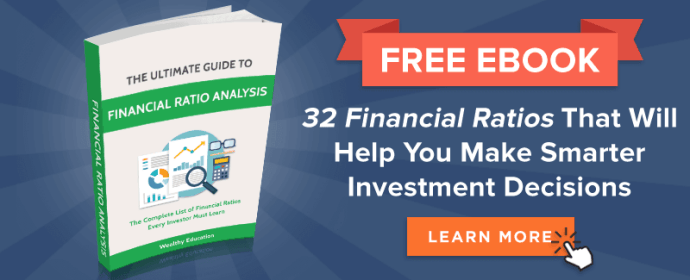This is a complete guide on how to calculate Operating Cash Flow Margin with detailed analysis, interpretation, and example. You will learn how to use its formula to evaluate a company’s profitability.
Definition - What is Operating Cash Flow Margin?
The operating cash flow margin is the percentage of a company’s earnings that flows down into the operating cash flow.
A high cash flow margin signifies an efficient business that doesn’t have excess expenses, while a low operating cash flow margin could be a sign of inefficiency.
Industries have varying standards for OCF margin, so when comparing the cash flow margin of multiple companies, it is best to do so within one specific industry.
More...
Formula
The equation for operating cash flow margin is as follows:

Operating Cash Flow Margin = Operating Cash Flow / Sales
To compute the OCF margin, you simply divide a company’s operating cash flow by its sales.
Operating cash flow and sales can be found on the statement of cash flows and the income statement, respectively.
Example
Suppose a company generated $250 million in sales last year, and had $2.5 million in operating cash flow.

The company’s cash flow margin would be 1%, meaning that the company’s operating cash flow is 1% of the company’s total revenue.
Interpretation & Analysis
In the above example, the operating cash flow margin is an important ratio for investors to use because it provides some insight into the company that they would otherwise not have.
Only looking at the company’s sales, you may be inclined to believe that it is running efficiently because it is producing a hefty $250 million in sales.
However, the operating cash flow margin indicates the opposite. 99% of the company’s sales are used on various expenses, turning only 1% ($2.5 million) of its generated sales into cash.
This is a sign of an extreme inefficiency in the operations of the company.
Cautions & Further Explanation
When using this figure to evaluate potential investments, you need make sure you are using it to compare companies that are comparable.
Different industries warrant completely dissimilar operating cash margin norms.
For example, a company that is capital intensive is expected to have a relatively low margin, while a company that needs little money for its operations will likely have a higher margin.
Also, the size of the company matters. You can’t compare young start-ups to large, stable companies because they are expected to have wildly different OCF margins.
So as an investor, you can only use this ratio to compare companies that are similar.
Additionally, as always, no one metric tells the whole story, so be sure to utilize many financial ratios and metrics to determine an investment’s attractiveness.


